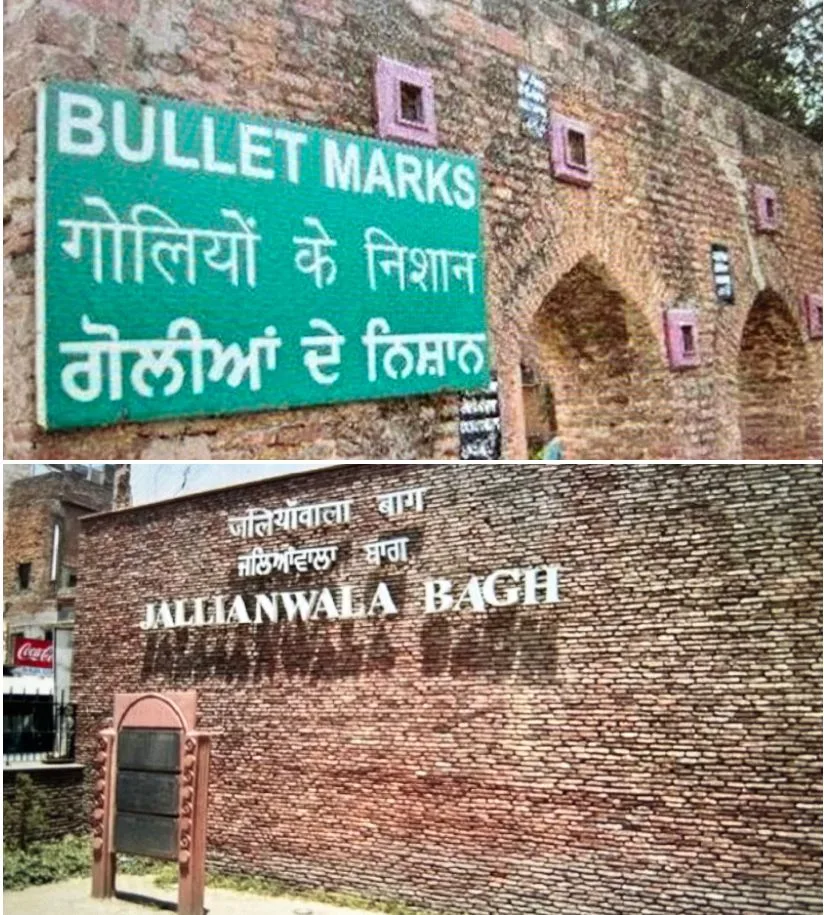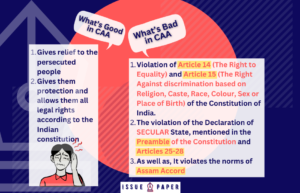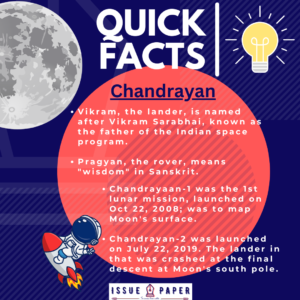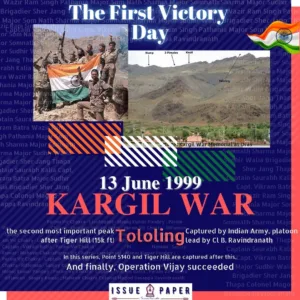
Jallianwala Bagh Real Photos of the bagh and the marks of bullets shot by the armed company of General Dyer.
Jallianwala Bagh Massacre: A Dark Chapter in India’s Struggle for Freedom
April 13, 1919, marked one of the most brutal and inhumane acts of violence in India’s history. On this day, the British Indian Army, led by General Reginald Dyer, opened fire on a peaceful gathering of unarmed civilians at Jallianwala Bagh in Amritsar, Punjab. This massacre is regarded as a deplorable act committed by the British colonial government during their reign in India.
Jallianwala Bagh was a public park that had high walls and just one narrow entrance. It was a popular spot for political gatherings, protests, and speeches. The crowd that gathered on that fateful day consisted of men, women, and children, who had gathered to participate in a peaceful protest against the arrest and deportation of two national leaders, Satya Pal and Saifuddin Kitchlew.
General Dyer arrived at the scene with a group of soldiers and ordered them to open fire on the unarmed crowd without any warning. The firing lasted for around ten minutes, killing hundreds of people and injuring thousands more. The incident shook the nation’s conscience, leading to widespread outrage and protests against the British rule in India.
The Jallianwala Bagh massacre became a significant turning point in India’s struggle for freedom. It became a rallying cry for the Indian independence movement, with leaders like Mahatma Gandhi and Rabindranath Tagore condemning the atrocity and calling for non-violent resistance against British rule. The incident exposed the brutal and oppressive nature of colonialism, and the deep-seated racism and contempt that the British rulers held towards their Indian subjects.
The British government attempted to justify the massacre by claiming that it was necessary to maintain law and order. However, the brutality of the act horrified the world, and the British government received widespread criticism for its callous disregard for human life. The incident also contributed to a greater push for Indian self-rule and eventually led to India’s independence in 1947.
Today, Jallianwala Bagh is a memorial to the victims of the massacre, with a monument erected in their memory. The site is visited by thousands of people every year, who pay their respects to the martyrs who lost their lives in the struggle for freedom.
In conclusion, the Jallianwala Bagh massacre is a dark chapter in India’s history, reminding us of the atrocities committed by colonial powers and the bravery and sacrifice of those who fought for freedom. It serves as a warning against the dangers of unchecked power and the importance of vigilance in protecting the rights and dignity of all individuals.
In the land of Punjab, on Baisakhi day,
A massacre was wrought, in a violent fray.
General Dyer ordered the troops to fire,
And in Jallianwala Bagh, the innocent did expire.Mothers and children, young and old,
Fell to the ground, their stories untold.
Their cries echo still, in our hearts and minds,
A reminder of a tragedy, that forever binds.The festival of harvest, turned to a day of sorrow,
As the blood flowed, leaving a bleak tomorrow.
But in the face of adversity, the spirit of Punjab stood strong,
And from the ashes of tragedy, a resilient people did belong.Jallianwala Bagh, a solemn reminder of our past,
A testament to the struggle, that forever will last.
Let us honor the martyrs, who gave their lives that day,
And remember their sacrifice, as we bow our heads and pray.Vande Mataram!
Here are some best seller books from Indian as well as from Foreign writers: click to buy
- Jallianwala Bagh: The Real Story by Kishwar Desai
- Jallianwala Bagh: An Empire of Fear and the making of a massacre by Kim A. Wagner
- Eyewitness at Amritsar by Amandeep Singh and Premjit Singh
- The Jallianwala Bagh Massacre: The History and Legacy of the British Indian Army’s Notorious Attack on Peaceful Protesters in Amritsar by Charles River Editors
- Jallianwala Bagh Massacre: A Reappraisal by Ian Talbot and Tahir Kamran
- Jallianwala Bagh: A Critical Study by G.S. Bhalla
These books offer insights from the Indian perspective on the Jallianwala Bagh Massacre and its impact on the Indian freedom struggle.






